Table of Contents
What is Curry?
Curry is not a single dish but a broad category of flavorful dishes originating from South Asia, featuring complex spice blends that create rich, aromatic sauces or gravies. The term "curry" comes from the Tamil word "kari," meaning sauce or seasoned dish. It encompasses countless regional variations across India, Thailand, Japan, Malaysia, and beyond, each with distinct spice combinations and cooking techniques.
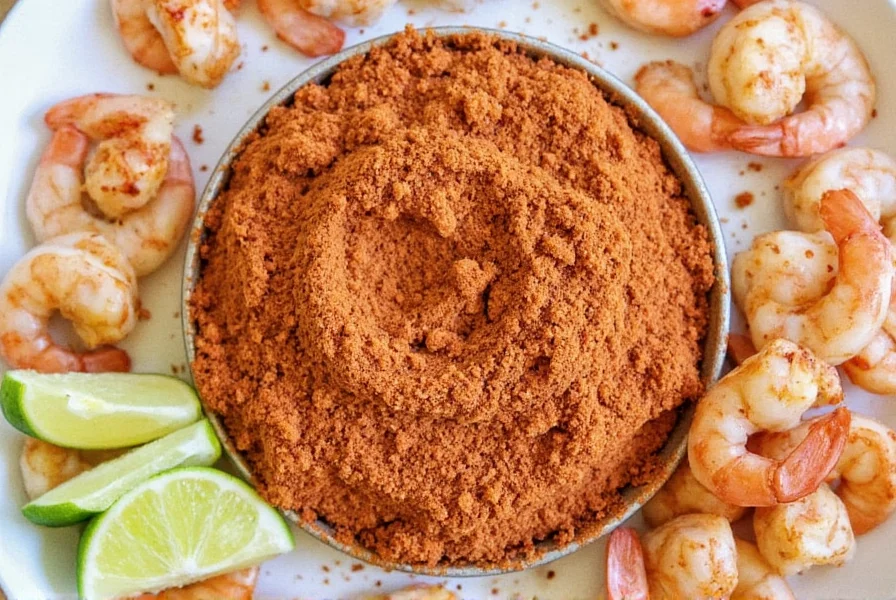
Contrary to popular belief, there's no single "curry powder" that defines all curries. Instead, authentic curry dishes use specific spice combinations tailored to regional traditions. Understanding what curry truly is requires recognizing its diversity—from the creamy Indian butter chicken to the coconut-based Thai green curry.
Curry Origins and History
Curry's history dates back over 4,000 years to ancient Indian civilizations. The earliest evidence of spice use for cooking comes from the Indus Valley Civilization, where archaeologists found residues of turmeric, ginger, and garlic in pottery shards. The word "curry" itself was popularized by British colonists in India during the 17th century, who adapted local dishes to their tastes.
Traditional Indian curries were never made with pre-mixed "curry powder"—this was a British invention to simplify the complex spice blends for Western kitchens. Authentic Indian cooking uses freshly ground spices tailored to each dish, with regional variations across India's diverse culinary landscape.
Curry Types Around the World
| Curry Type | Origin | Key Spices | Flavor Profile |
|---|---|---|---|
| Indian Butter Chicken | India | Tomato, cream, garam masala, garlic | Velvety, rich, and slightly tangy |
| Thai Green Curry | Thailand | Green chilies, lemongrass, galangal, coconut milk | Spicy, aromatic, and slightly sweet |
| Japanese Kare | Japan | Curry powder, potatoes, carrots, onions | Smooth, mild, and comforting |
| Malaysian Laksa | Malaysia | Curry paste, tamarind, coconut milk | Spicy, sour, and savory |
| British Chicken Tikka Masala | UK | Cumin, coriander, garam masala, tomato | Rich, creamy, and mildly spicy |
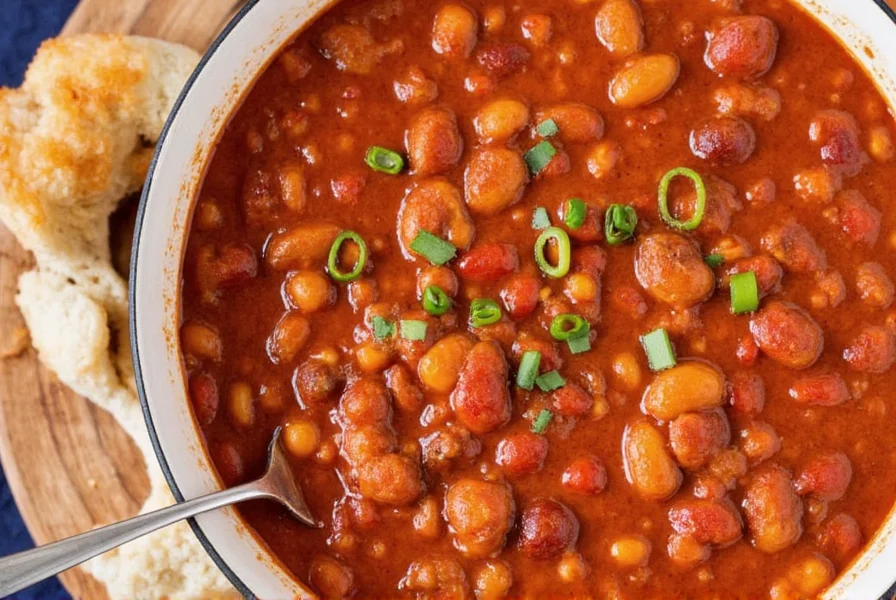
Cooking Tips for Perfect Curry
Creating authentic curry requires understanding how to balance spices and techniques. Here are essential tips:
- Toast whole spices before grinding to release maximum flavor—cumin, coriander, and mustard seeds benefit most from this technique.
- Use fresh ingredients for curry pastes: fresh ginger, garlic, and chilies create layered flavors that powdered spices cannot replicate.
- Layer spices strategically: add ground spices early to bloom in oil, but add delicate spices like garam masala at the end to preserve their aroma.
- Balance heat with acidity: if your curry is too spicy, add tamarind paste or lime juice; if too bland, a pinch of sugar can enhance other flavors.
- Simmer patiently: authentic curries develop complexity through slow cooking—allow 30-45 minutes for flavors to meld properly.
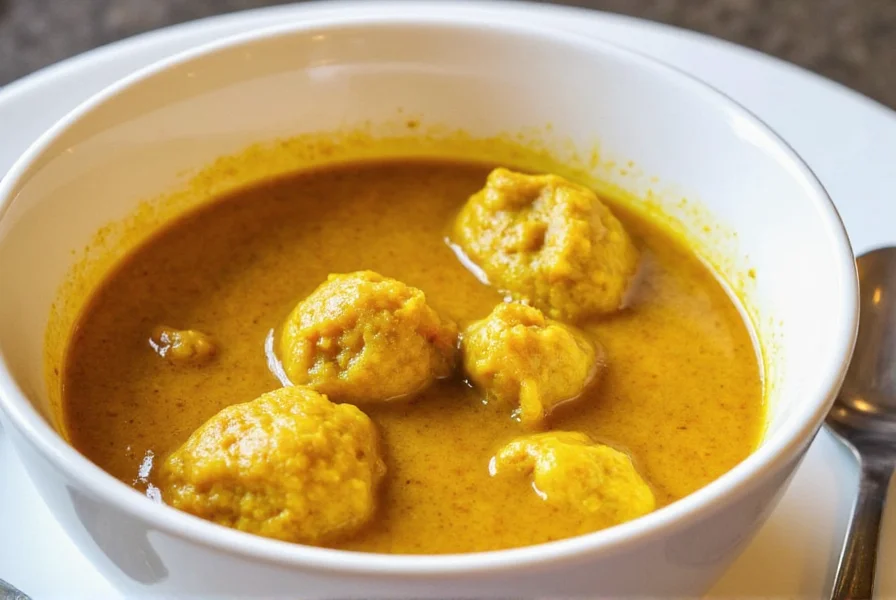
Buying Guide: Choosing Quality Spices
Quality spices make all the difference in curry preparation. Here's what to look for:
Essential Spices for Authentic Curry
- Cumin seeds: choose dark brown seeds with a strong earthy aroma; avoid pre-ground cumin as it loses potency quickly.
- Turmeric root (fresh preferred): look for bright orange flesh with smooth skin; dried turmeric should have intense color and strong scent.
- Garam masala: authentic blends contain 8-12 spices including cinnamon, cardamom, and cloves; avoid generic "curry powder" labeled products.
- Coriander seeds: select plump, golden-yellow seeds with a citrusy fragrance; avoid stale or musty-smelling seeds.
- Green cardamom pods: choose bright green pods that feel heavy for their size; they should release strong floral aroma when crushed.
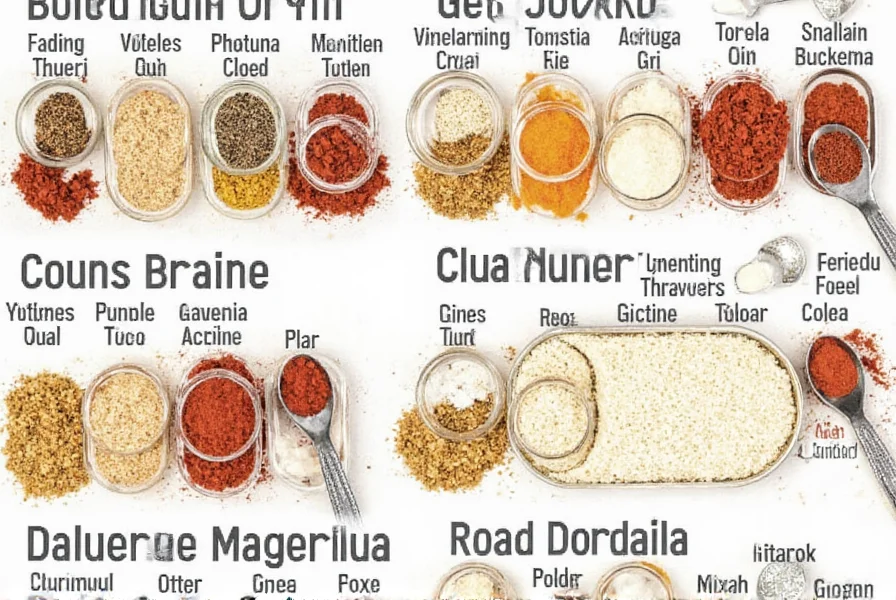
FAQ: Your Curry Questions Answered
What does "curry" actually mean?
"Curry" is an English term derived from the Tamil word "kari," meaning sauce or seasoned dish. It's not a single recipe but a category of dishes featuring complex spice blends. Authentic Indian cooking doesn't use "curry powder"—this was a British invention. True curry dishes vary by region and use specific, freshly ground spice combinations.
Is there a universal curry powder?
No. "Curry powder" is a Western invention that doesn't exist in traditional Indian cooking. Indian cuisine uses specific spice blends for each dish, with regional variations. Thai "curry" typically uses fresh paste made from lemongrass, galangal, and chilies, while Japanese kare uses a different blend. The best approach is to make your own spice blends tailored to specific dishes.
What's the difference between curry paste and curry powder?
Curry powder is a dry blend of ground spices, while curry paste contains fresh ingredients like lemongrass, galangal, and chilies blended with oil. Pastes are common in Thai cooking and have a shorter shelf life, while powders are shelf-stable and more common in Indian-inspired dishes. Pastes generally provide more complex, layered flavors due to fresh ingredients.
How can I fix a curry that's too spicy?
If your curry is too spicy, add dairy (yogurt, cream, or coconut milk), acidic elements (lemon juice or tomatoes), or sweeteners (sugar or honey). Each component helps balance the heat. For immediate relief while eating, serve with plain yogurt or rice. Remember that spices continue to release heat as they cook, so add gradually.
What are the 5 must-have spices for authentic curry?
The five essential spices for authentic curry are: cumin (earthy base), coriander (citrusy balance), turmeric (color and health benefits), ginger (warmth and depth), and cardamom (floral complexity). These form the foundation for most regional curry variations when used in proper ratios.
Why does my curry taste bland?
Bland curry usually results from improper spice toasting, using stale spices, or skipping layering techniques. Always toast whole spices in oil before adding liquids, use fresh ingredients for pastes, and add delicate spices like garam masala at the end. Taste and adjust seasoning gradually—curry needs balance between heat, sweetness, sourness, and umami.
Conclusion: Understanding Curry's True Nature
Curry is not a single dish but a diverse culinary tradition spanning continents. Understanding what curry truly is requires recognizing its regional variations and the art of balancing spices. From India's complex garam masala blends to Thailand's fresh curry pastes, each culture has perfected its own approach to this beloved category of dishes.
By learning the fundamentals—proper spice selection, toasting techniques, and flavor balancing—you can create authentic curry dishes that honor their cultural origins. Remember: the magic of curry lies not in pre-mixed powders, but in the thoughtful combination of fresh, high-quality ingredients tailored to each specific dish.
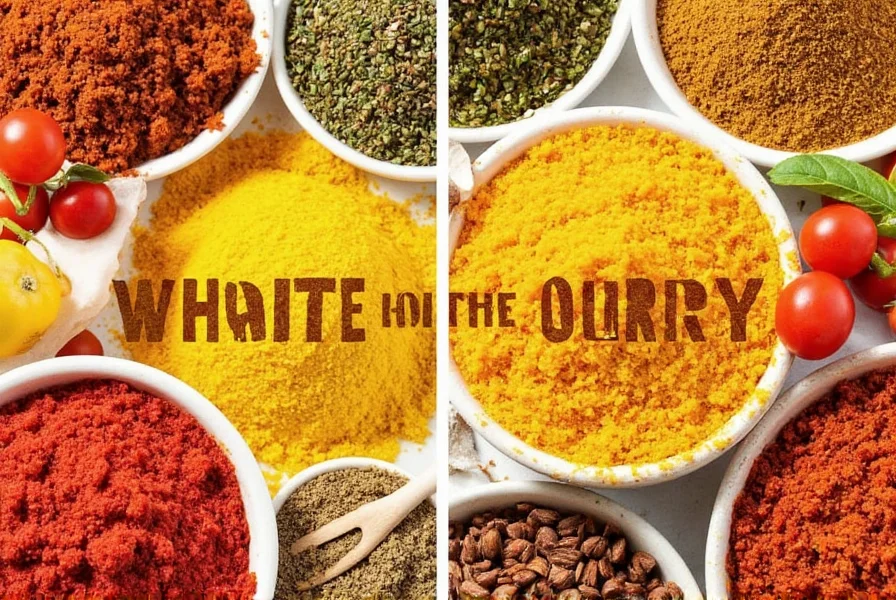

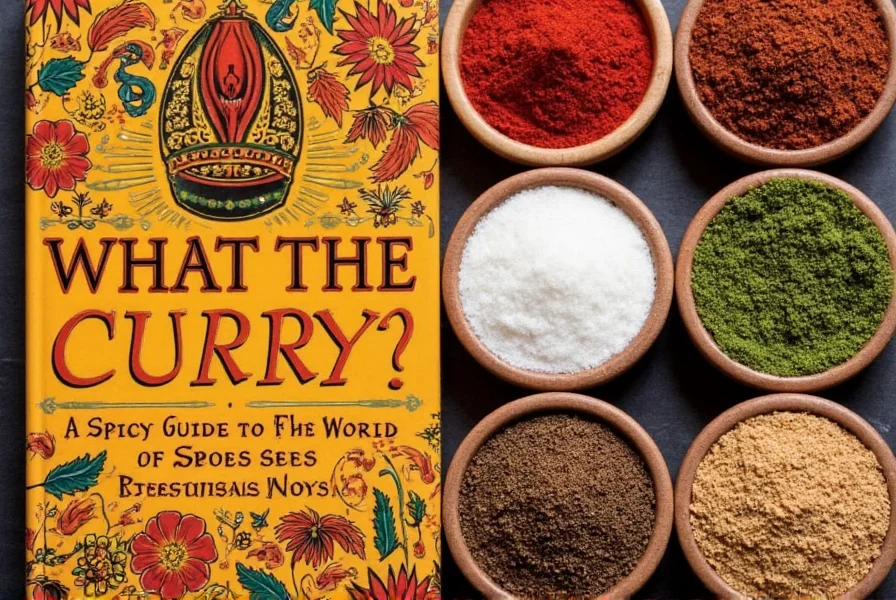









 浙公网安备
33010002000092号
浙公网安备
33010002000092号 浙B2-20120091-4
浙B2-20120091-4